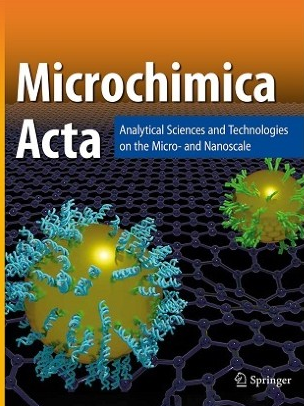Natural biomass–derived carbon quantum dots: a path to antioxidant, anticancer, antibiofilm, and bacterial bioimaging potential
Abstract
Eco-friendly, highly fluorescent, and biocompatible carbon quantum dots (CQDs) were synthesized from Typha angustifolia by the hydrothermal method. Fabricated CQDs were assessed for its bioimaging properties, anticancer potential, antibiofilm, and antioxidant activities. X-ray diffraction analysis indicates an amorphous nature, with an average particle size of 11 nm as observed in dynamic light scattering. TEM analysis revealed a uniform quasi-spherical-shaped structure. Photoluminescence studies reveal that CQDs exhibit an excitation at 390 nm with emissions at 484 nm and 474 nm. Water-soluble CQDs showed a potent antiproliferative effect against human breast cancer (MDA-MB-231) cell lines with an IC50 value of 70.55 ± 0.015 µg/mL. Fluorescent studies revealed that CQDs enhanced the intracellular reactive oxygen species level leading to the loss of mitochondrial membrane potential triggering the apoptotic pathway culminating to cell death in MDA-MB-231 cells. In addition, CQDs showed a potent free radical scavenging activity with an IC50 value of 21.1 ± 1.56 μg/mL exhibiting 94.69 ± 2.4% scavenging activity at the highest dose of 100 µg/mL. Furthermore, CQDs efficiently eradicated the biofilm-forming efficiency of Pseudomonas aeruginosa which frequently affects immunocompromised cancer patients. Cellular internalization studies in P. aeruginosa showed intense green fluorescence revealing the applicability of CQDs for bioimaging. Overall, the results indicate that CQDs fabricated from a natural source can serve as an excellent nanotheranostic and anti-infective agent for the treatment of triple-negative breast cancer.
Graphical abstract

 求助内容:
求助内容: 应助结果提醒方式:
应助结果提醒方式:


